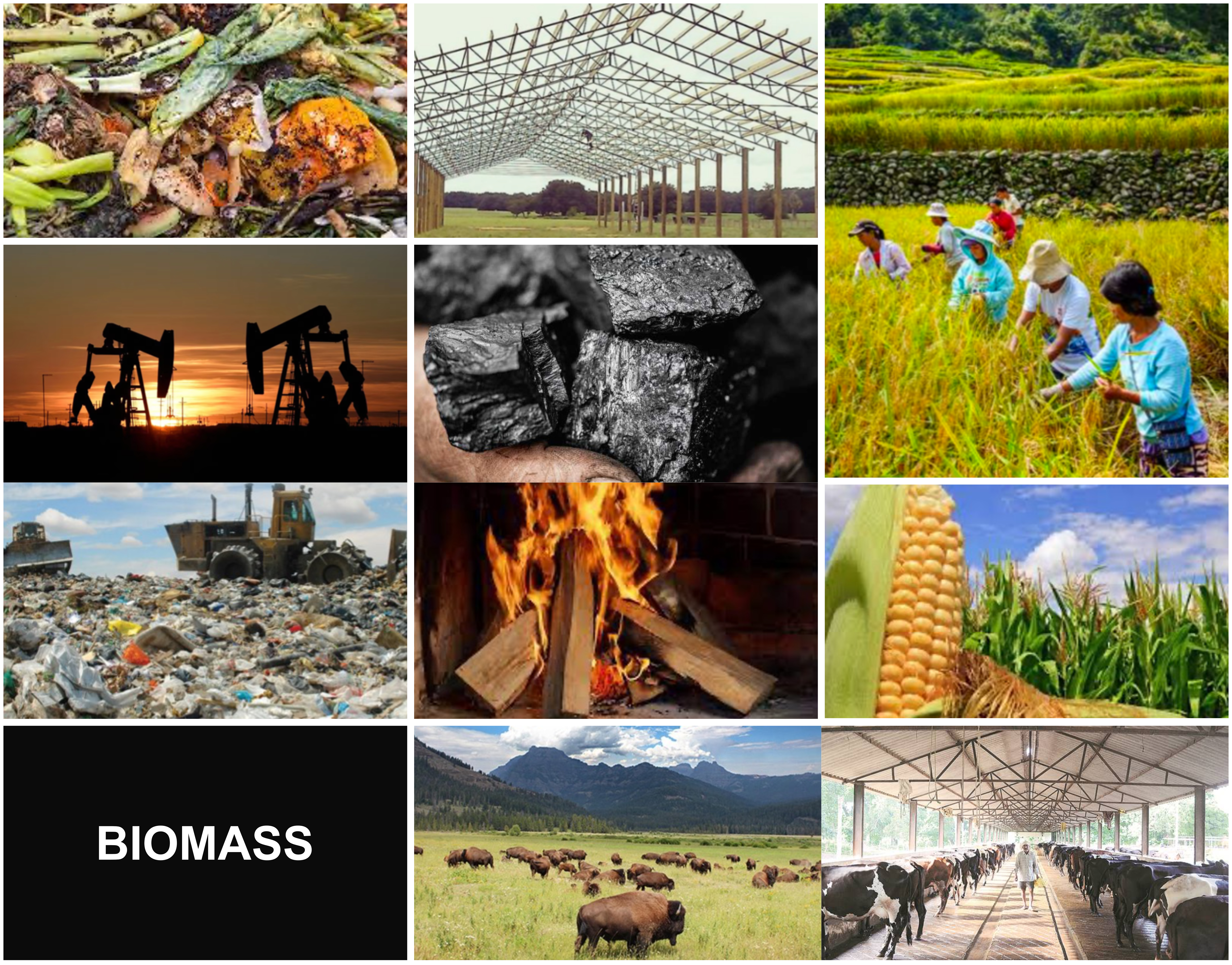Figure F4b.0 Services (electricity, education, job skills, biomass)
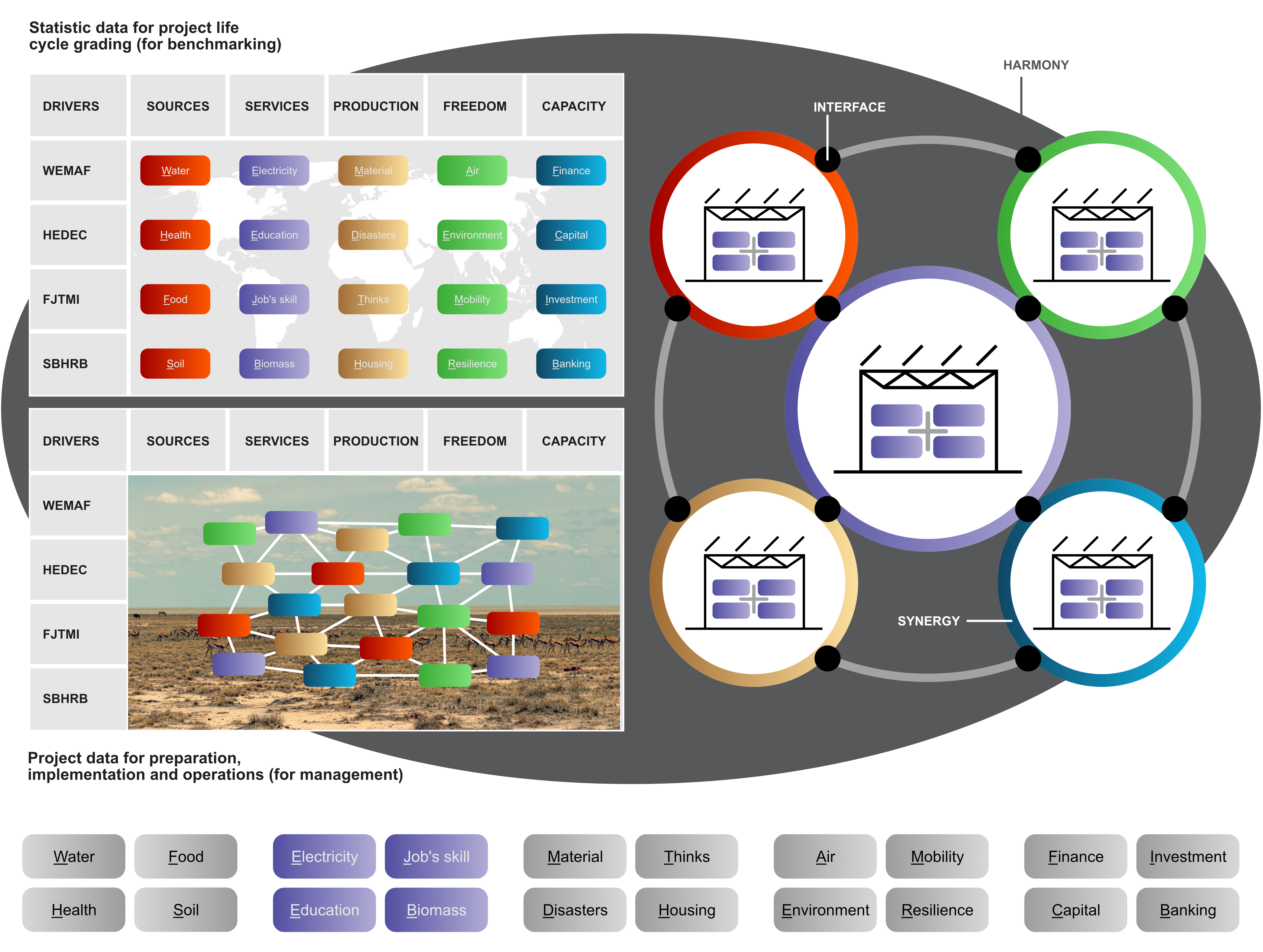
Credit:
Pexels
Author's archive
Services are presented as four components with the potential to offer something from the knowledge hidden in Nature and Earth. Services transform the Human's job skills and educate him/her on how to operate and utilize inputs that Nature offers in an ever-changing rhythm of time (e.g., like the principle of the rhythm of life that exists generally and the rhythm of the human generations).
Electricity exists around us in physical and biological systems, almost everywhere. For a long time, humans used limited energy sources (such as fire, the heat of the Sun, etc.) and finally discovered the pure form of energy, electricity.
It is the standard developing process via a growing education and job skills. It is a win-win perceived package of services planted by the Humans in the GT environment. It helps people utilize the gifts of Nature, the Earth, and the Sun and allow them to visit into their know-how.
For example, Human accepts services of Nature, biomass, which regularly in the cycles of birth, existence, and end of this product of Nature) comes as offers of a vast (infinite) range. Nature offers these services for the benefit of the Human, and he/she must serve Nature in humility if they are consuming this offer.
It means they take care of the intellectual and ethical growth of the whole population and work to compensate for their consumption. As in a battle: one for all and all for one. The word "battle" is a synonym for the worldwide business development of distributed processes.
The example of biomass talks about the gifts and services of Nature. It discusses a license for whose Human does not pay Nature with money but with reason (knowledge) and work (skills). People have received favor (services) for which thanks are to be done and received ethically, with humility (how algorithms of others of the natural species on the Earth present it).
Services (for life) will need the growth of demand for electricity from the Sun and Earth. In a broader spectrum, is this demand covered by education and job skills linked to the new technological growth? For example, it’s about overcoming prejudices about the dominant utilization of biomass (mostly dead biomass) for energy needs.
A severe marketing and no-compromise approach are needed to understand biomass and, step by step, exclude fossil fuels from our energy needs. It will not be easy to forget about fossil fuels. But the goal (at the current time) is not to forget about them but to eliminate (decrease) the Human contribution of CO2. Reducing this waste impacts the balance keeping in the atmosphere of the Earth. These are generally known tasks at present. But this comment reminds us that CO2 is not one problem of the principal human tasks in the GT.
Services (electricity, education, job skills, biomass) directly and indirectly impact living conditions in areas where people live and work (waste site places surround all housing, Production, and agriculture zones). There are different results of the living standards in developed and other countries and their provinces. We can see the worst arrangement in low-income areas (e.g., in slums surrounding big cities).
How does the above apply to the security and development of low-income provinces? It is a question that should be answered by the Target Group (TG) and the Final Beneficiaries (FB) of each relevant area (province).
The Open Webbook attempts to define a project, "libretto" (a plot), via small fragments, a few snapshots of current services of this Sector (electricity, education, job skills, biomass).
Figure F4b offers a view of two approaches (statistical and project) to work with drivers in the Services Sector. It indicates the intersection of drivers (all twenty components) with the possibility of distinguishing statistical data values (e.g., for benchmarking) and data consumption for the preparation and implementation of projects (e.g., for project management) in the Services Sector. The data from other sectors is captured concerning the Services Sector even though they are generated and used according to current projects in different Sectors.
The figures below are divided into four groups. Additional photos or videos can be added and specified outside of this Website and can be added to the Open Webbook later. The set of Figures presents an ad-hoc choice of individual investment actions in low-incomes provinces of different states and continents. It displays an embryo stage of photo-video documentation for the future international and multifunctional SPC Concept Web Portal. The first version of a group of Figures looks as follows:
Figures F4b.1 Electricity
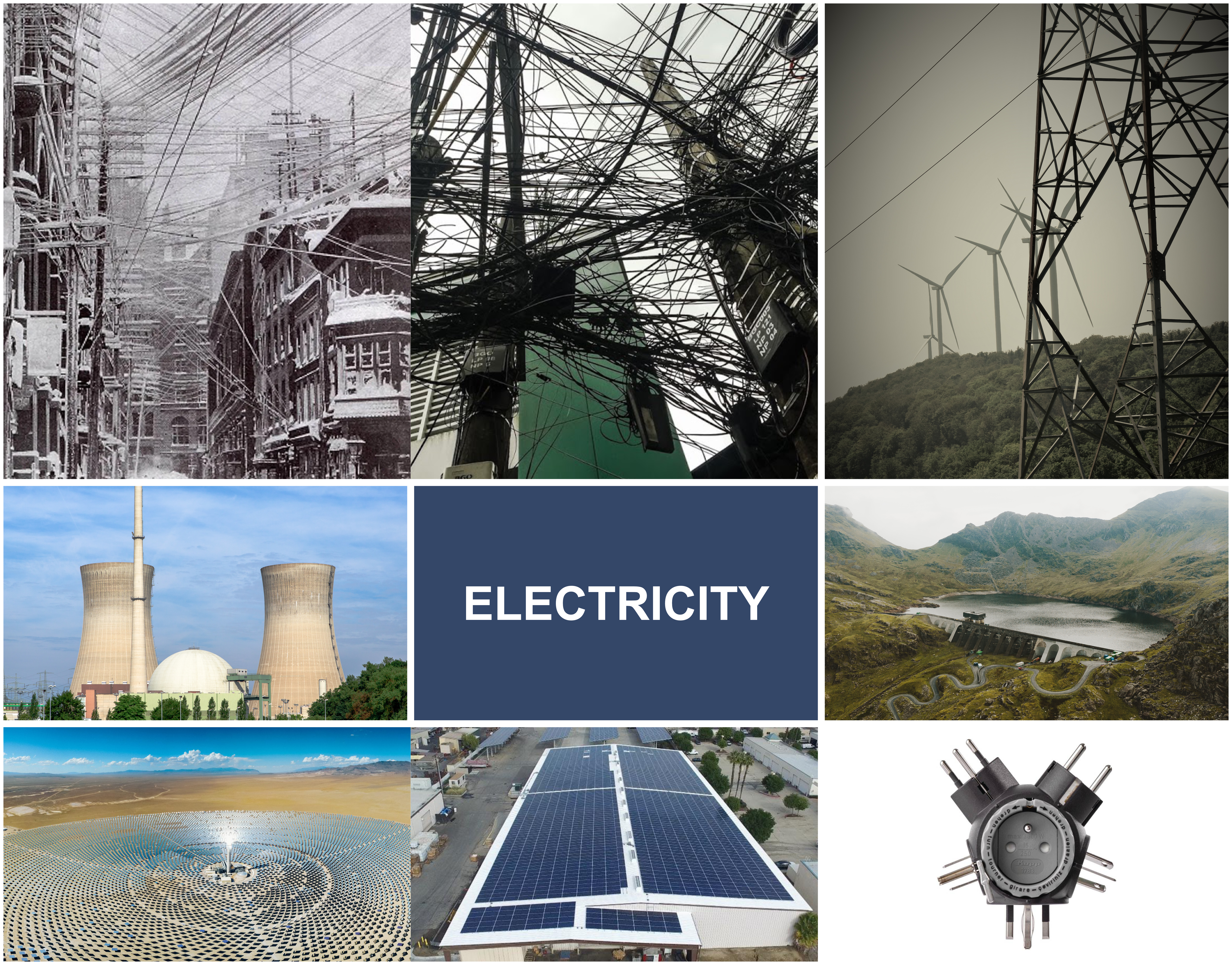
Figures F4b.2 Education
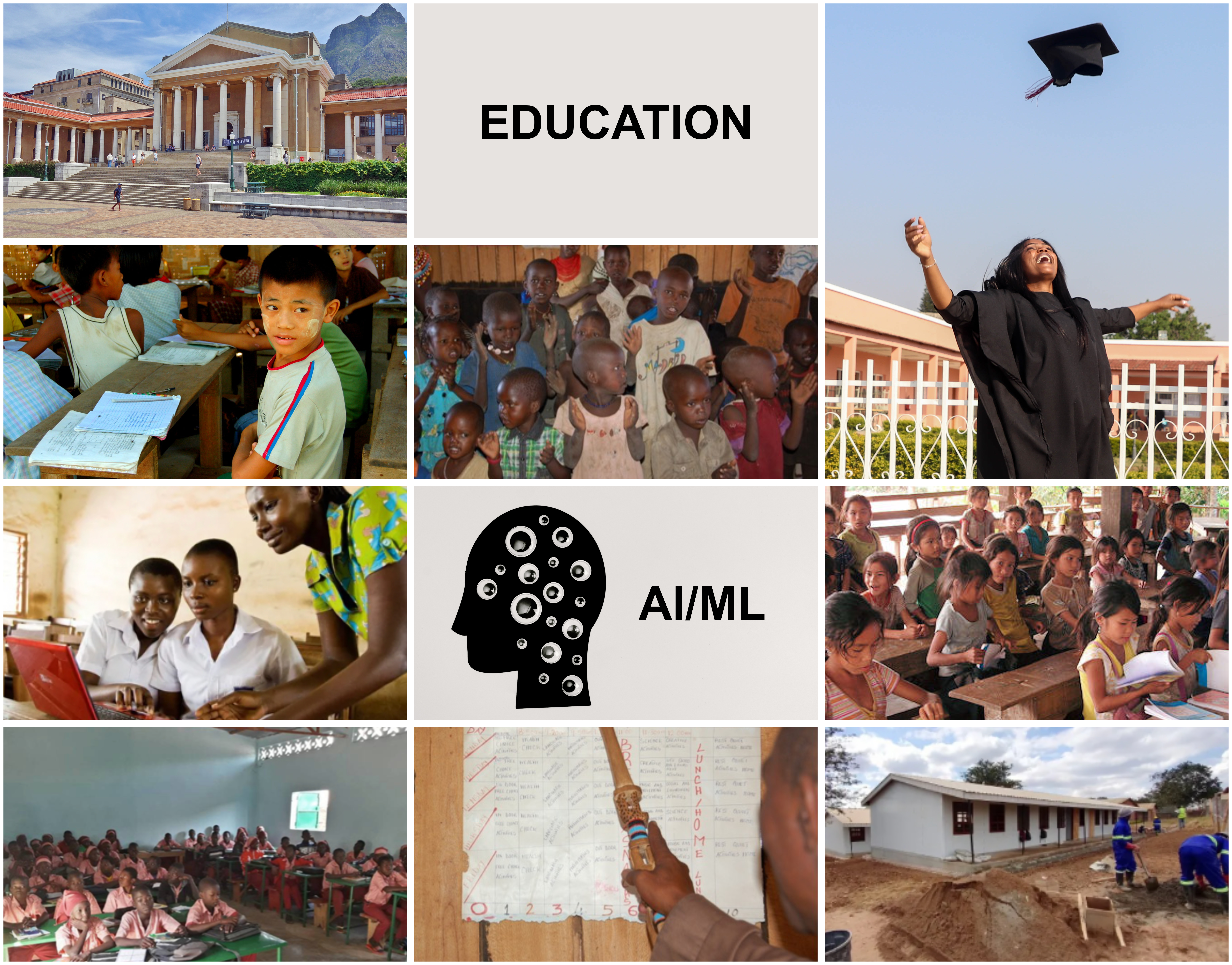
Figures F4b.3 Job Skills
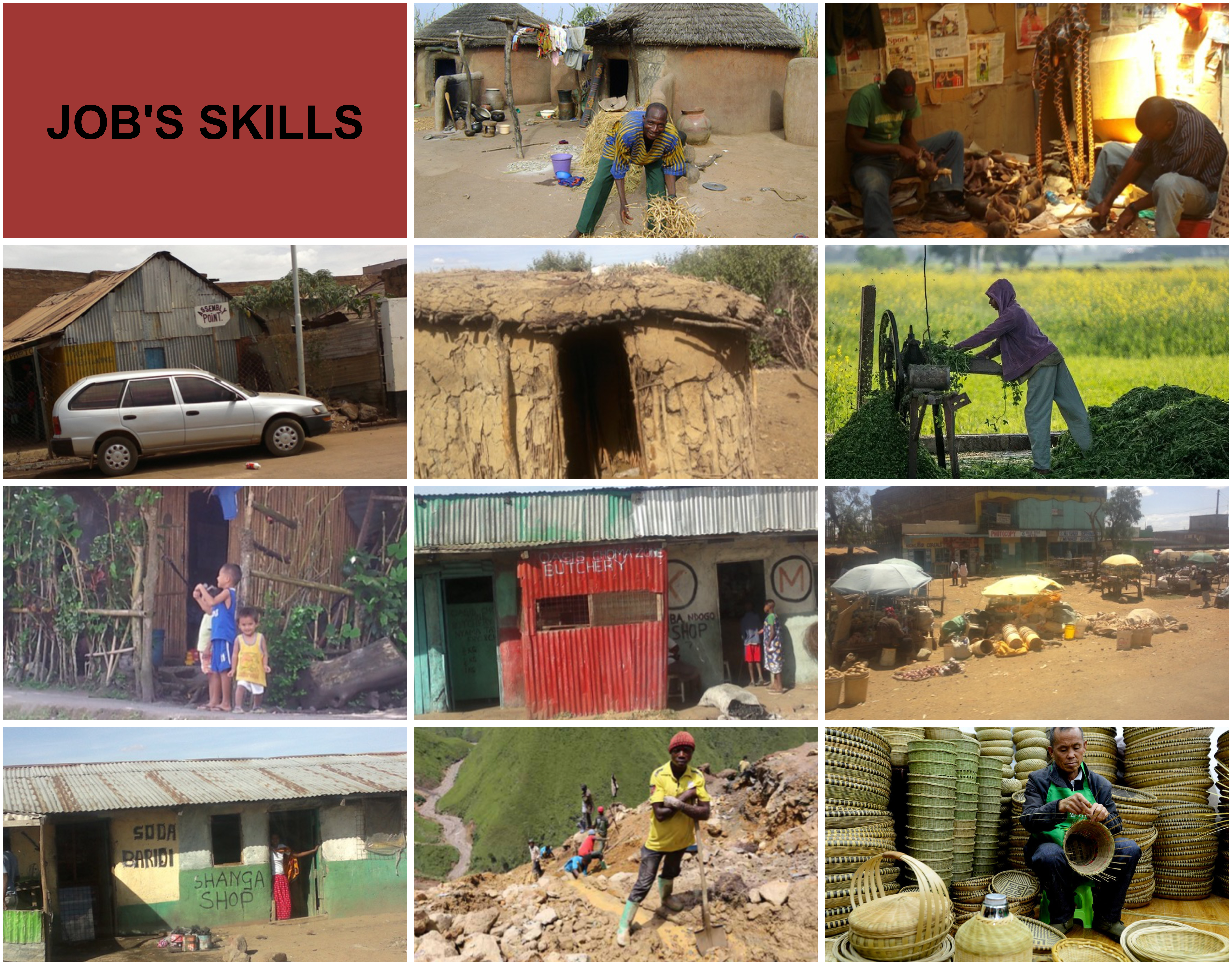
Figures F4b.4 Biomass
